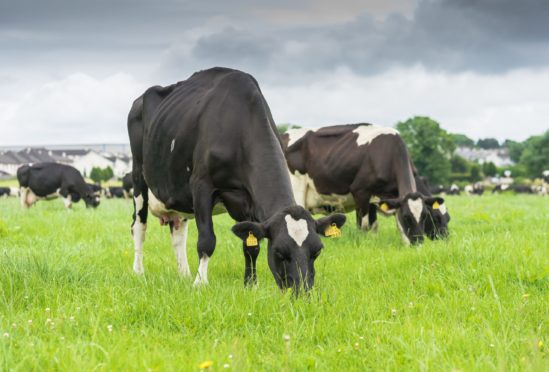The pressure group, European Milk Board (EMB), has claimed the economics of dairy farming are getting worse, with farmers squeezed between inadequate price increases and rising costs.
It says that in none of the five years from 2015 to 2019 did milk prices cover the cost of production, with rising costs since 2017/18 making matters worse. At a European level it cites the impact of rising feed costs, linked to the impact of drought on forage.
The EMB always puts production costs on the high side and its current estimate is around 38 pence against a milk price average of less than 30 pence. On this basis it claims European dairy farmers are working for an average 3 euros (£2.56) an hour.
While the EMB figures may be disputed the thrust of the message that milk prices do not reflect production costs will be seen as a valid by most farmers.
Despite warnings that its targets in the Farm to Fork policy are unrealistic, the European Commission insists its goals of reduced pesticide use and 25% of land being organic by 2030 are possible.
This is the conclusion of a report from its own Joint Research Centre (JRC), but as with all reports the conclusions depend on the assumptions made at the outset.
It warns however that the EU must avoid effectively exporting the problem, by importing food from countries that do not meet EU standards. In reality the Commission cannot prevent this.
The report admits the need to boost the productivity of organic farming and for a greater focus on precision farming techniques. It admits that consumers will need to get used to the price consequences of the Green Deal and Farm to Fork drive to cut carbon emissions.
Meanwhile, after a long run of rising prices, global food prices dropped slightly in July. The drop was modest at 1.2% and prices were still close to a third higher than in the same month last year. This is based on the United Nations FAO price index.
The biggest drop at 3% was for cereals, but they are still 30% ahead of 2020. Barley prices fell sharply, but wheat prices rose.
This reflected drought concerns in north America and some reports that rain has affected crops in parts of Europe and Russia.
Dairy prices fell 2.8% from June, but were still 15% ahead of last year. This followed a price drop in June after 12 months of steadily rising prices.
The dairy commodity drop was led by skim milk powder and butter. Meat prices rose marginally, led by poultry, and remain around 20 per cent of 2020.
- Richard Wright is an agricultural commentator.
